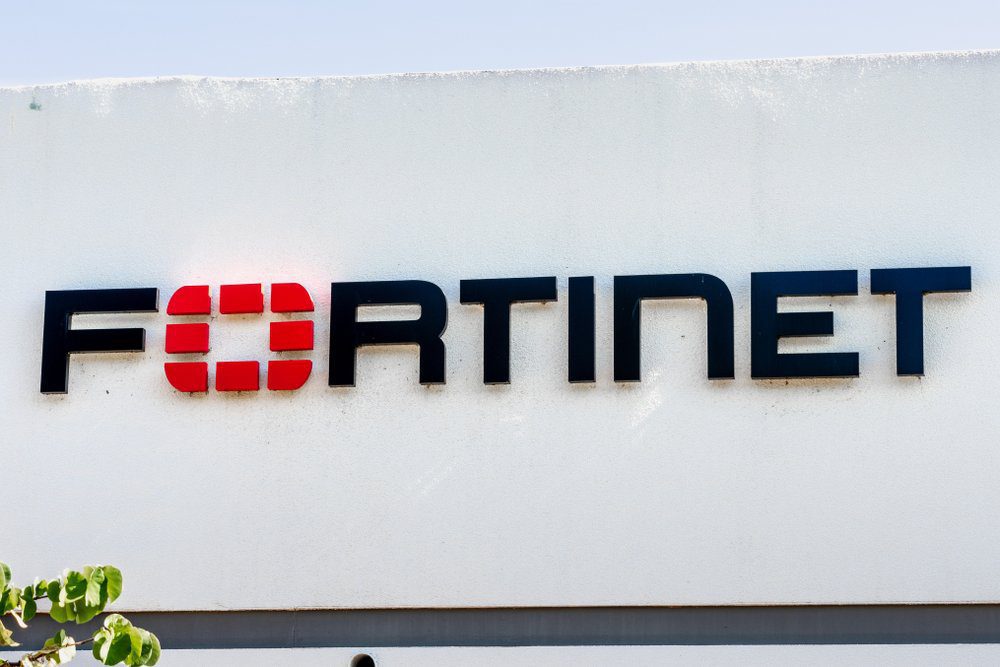One of the debates in the technology world is the minimum age for accessing social networks. There are those who argue that setting a minimum age is like putting a gate on the countryside and that it does not solve the problem; There are those who argue that banning access would help reduce the potential harm these platforms can cause to minors.
One of those advocating this last position is Australian Prime Minister Anthony Albanese, who announced that his government will impose a minimum age for using social networks. We have known since this summer that the plan was on the table, but now we know that he is 16 years old and that it will be officially discussed next week.
Albanese’s offer. The Australian Prime Minister said at a press conference: “Social networks are harming our children and I will put an end to it.” […] I want Australian parents and families to know that the Government has their backs. “I want parents to be able to say, ‘I’m sorry, man, it’s against the law to let you do this.’
By the latter, Albanese means that parents can give their children permission to use social networks; This is something that will not be possible with this law. The child will not be able to use these platforms until he or she turns 16, regardless of whether the parent gives permission. By the way, it seems that this measure does not apply to minors who are already on social networks.
The responsibility for preventing people under 16 from using social networks will fall on the social networks themselves.
Responsible? Platforms. Albanese explained that “the responsibility will fall on social media platforms and they will have to show that they have taken reasonable measures to prevent access.” Not on the parents, not on the little ones, but on the platforms. “There will be no sanctions against users,” the Prime Minister said. The body responsible for overseeing and enforcing the regulations will be the Electronic Security Commissioner when the law comes into force (this will happen 12 months after the law is approved).
eaves. A lot. First of all, it is necessary to define what a social network is because if we do not have a specific definition, it is possible for WhatsApp, YouTube, Twitch, Fortnite or Roblox to fall into the same category as Facebook and Instagram. X or TikTok. “We think there will of course be some exceptions and exemptions to make sure there are no unintended consequences,” Albanese said. he said. Secondly, how these age verification measures will be carried out, how user privacy will be guaranteed and how possible frauds will be prevented. These are just two of the issues this legislation must address.
It’s a complicated problem. Access to social networks for minors is a difficult issue. The issue is so complex that in the European Union, where we have a common framework, each country can determine a minimum age within its own borders. While it is true that a ban prevents exposure to harmful content (always on paper), the truth is that it does not eliminate the problem. It delays but does not eliminate it.
Another possible approach is education and training not only in the use of social networks but also in parental control tools (tools that parents do not use, according to Meta). Without going any further, teach that social networks, like the internet, are not bad in themselves (they have positive aspects that cannot be ignored in the discussion), but you need to know how to use them, be aware that not everything is bad. What you see is real and detects users who mistreat them or commit malicious actions in a timely manner.
Picture | Pexels
in Xataka | Anger made us forget the law: Images of minors are not allowed to be shared on social networks













